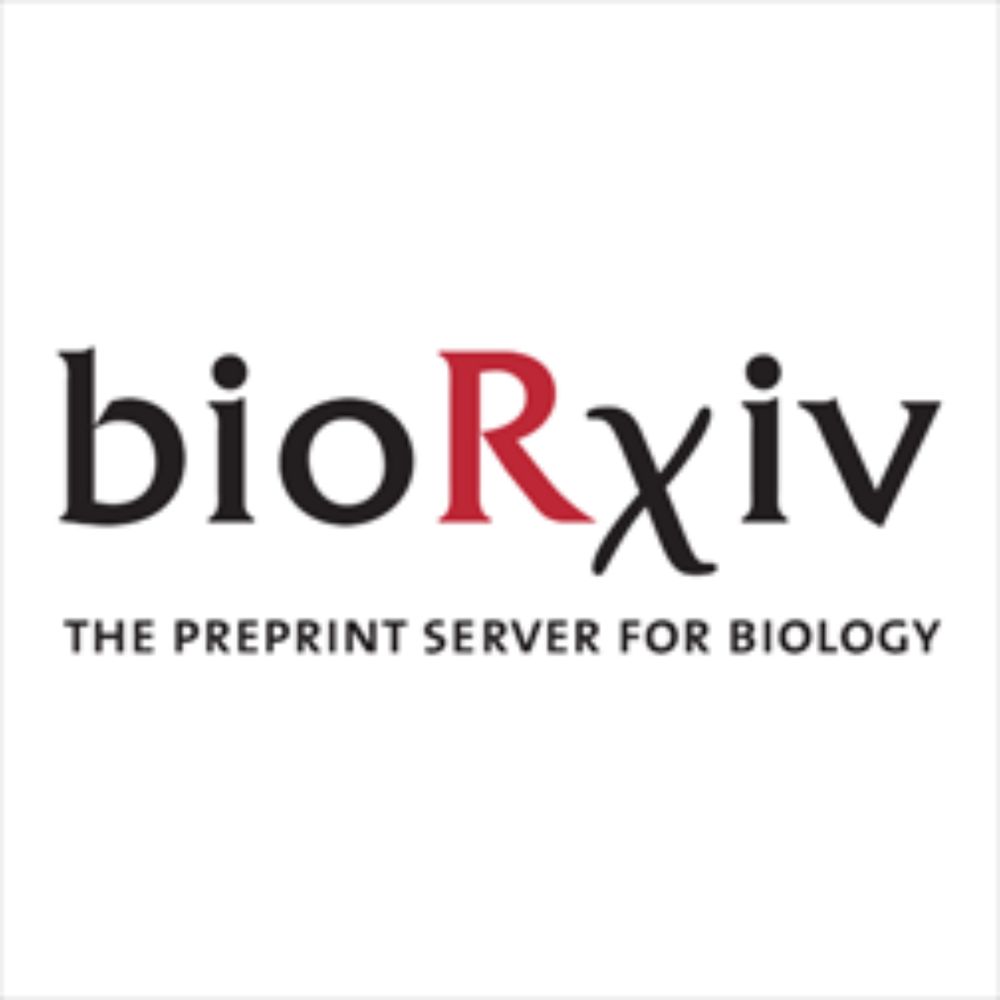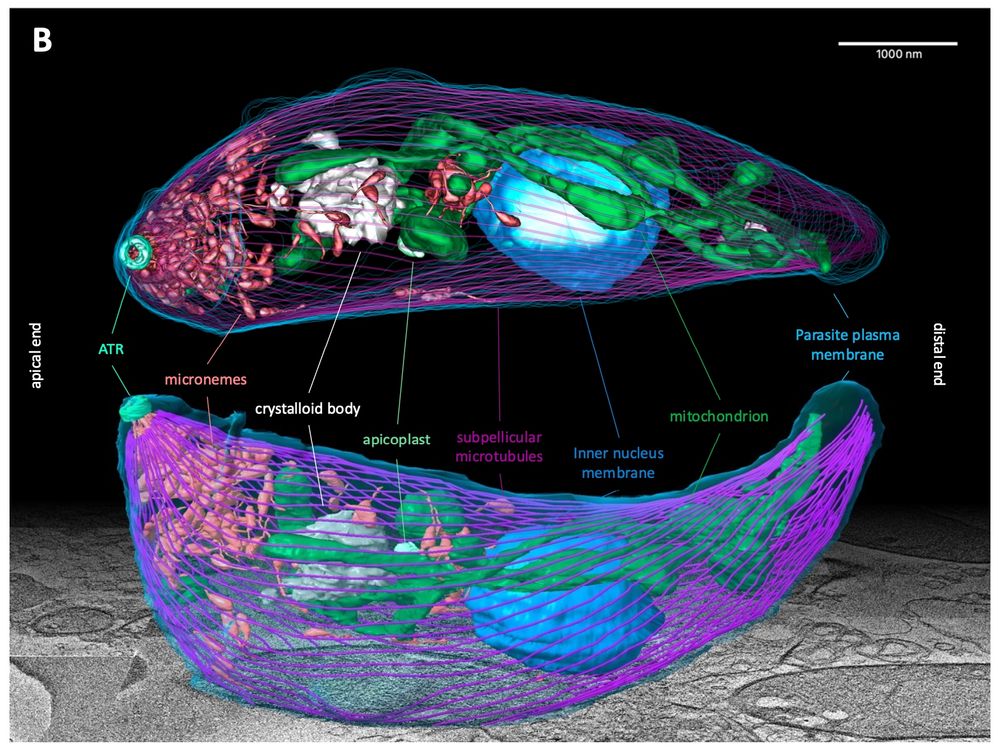Markus Mukenhirn
@markusmukenhirn.bsky.social
1.9K followers
4.1K following
68 posts
Post-Doc @katjaroeper.bsky.social lab @pdncambridge.bsky.social
Interested in kidney organoids and lumen formation; Former @honigmann_lab,
@biotec-tud.bsky.social, @cmcb-tud.bsky.social,@mpicbg.bsky.social
and @boulantlab
Posts
Media
Videos
Starter Packs
Pinned
Reposted by Markus Mukenhirn
Reposted by Markus Mukenhirn
Reposted by Markus Mukenhirn
Reposted by Markus Mukenhirn
Reposted by Markus Mukenhirn
Reposted by Markus Mukenhirn
Reposted by Markus Mukenhirn
Reposted by Markus Mukenhirn
Reposted by Markus Mukenhirn
Reposted by Markus Mukenhirn
Reposted by Markus Mukenhirn
Reposted by Markus Mukenhirn
Reposted by Markus Mukenhirn
Reposted by Markus Mukenhirn
Reposted by Markus Mukenhirn
Reposted by Markus Mukenhirn
Reposted by Markus Mukenhirn
Reposted by Markus Mukenhirn
Reposted by Markus Mukenhirn
Reposted by Markus Mukenhirn



















